The outbreak of COVID-19 in 2020 has had a significant impact on our daily lives. Some of the most notable changes include social distancing, remote work, mask-wearing, travel restrictions, and remote learning.
While many of these pandemic-related restrictions have gradually been lifted, most Japanese people are still wearing masks as of March1, 2023. Why is that? It seems that there are several interesting reasons to explain it.
Mask-wearing Culture
Even before the pandemic, masking up in some situations was a common practice in Japan. Looking back on history, the Spanish flu pandemic of 1918 led to the introduction of masks as a preventative measure. After that, masks steadily spread among citizens along with repeated influenza epidemics.
Wearing a mask is not only to protect oneself from getting sick but also to avoid spreading one’s germs, especially during the flu season. Also, with the prevalence of pollen allergies in early spring, masks have been an indispensable hygiene product for the Japanese since around 2000.
Overall, the practice of wearing masks in Japan is deeply ingrained in the culture and it is often seen as a way to show consideration for others and promote public health.
Sense of Security
Since the COVID-19 outbreak, we have been obliged to wear masks day in and day out. Interestingly, some people have developed a sense of security by wearing masks. Covering one’s face can be advantageous for those who have difficulty communicating with others or for women who prefer not to wear makeup. Some people find that hiding their facial expressions with masks helps them relax mentally.
Peer Pressure
Despite the conditional lifting of the requirement to wear masks outdoors in May 2022, many people continued wearing masks. This was due to peer pressure within Japanese society, which is the idea that “everyone else is wearing a mask, so I can’t take it off either.” This may also have to do with our cultural background. Japanese people tend to create a sense of collective responsibility and a shared emphasis on protecting public health. It might seem peculiar to see people wearing masks while working out at the gym, but it can be seen as a way of conforming to social norms.
The eyes say as much as the mouth
There is a Japanese proverb that goes “目は口ほどに物を言う (Me wa kuchi hodo ni mono wo iu),” which means that eyes speak as much as the mouth. Research shows that while Japanese people read the emotions of others through their eyes, Westerners tend to read emotions through their mouths. Even though masks obscure the mouth area, Japanese people don’t seem to mind as much as Westerners. In fact, when it comes to emojis, a smiling face is expressed by a mouth in Western-style emojis, (:D), whereas in Japanese emojis, it is expressed by the eyes, (^^). Therefore, it is reasonable to assume that Westerners are not afraid of sunglasses that cover the eyes, while Japanese are not afraid of masks that cover the mouth.
Fashion
Soon after the 2020 pandemic began, the demand for masks skyrocketed, making them difficult to come by. Many people began making their own masks by hand so that they could wash and use them repeatedly. Eventually, some women began to wear masks as fashion accessories to match their outfits or to express their personal style. Then, various types of masks were available on the market, from plain white surgical masks to colorful, patterned ones. There are also masks with unique designs, such as cartoon characters or graphics based on anime.
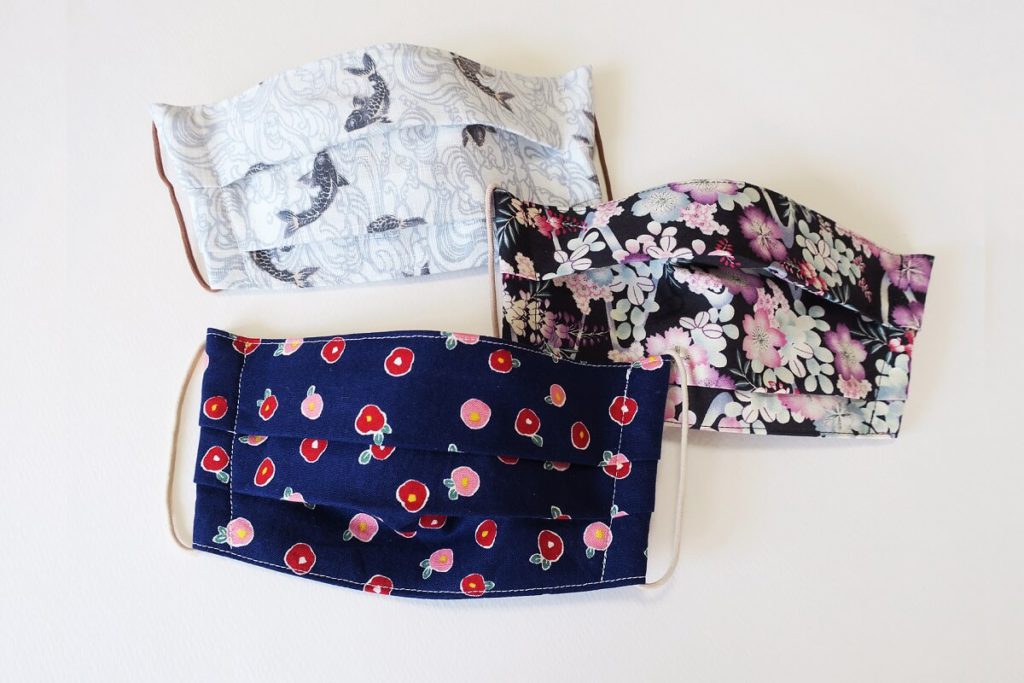

Materials and shapes
With the demand for masks increasing significantly, many manufacturers began to produce masks in different shapes and sizes to meet the demand. Masks made of non-woven fabrics are recommended in many places because they are able to filter out small particles such as bacteria and viruses. However, there are also masks made of more comfortable materials such as cotton, polyester, and silk. These are appreciated by people with sensitive skin.
In addition, the shape of masks has traditionally been rectangular with pleats. Recently, however, some masks have been made in a more three-dimensional shape for better fit and comfort. There are also curved designs that create a space between the mask and mouth, making it easier to breathe and talk.
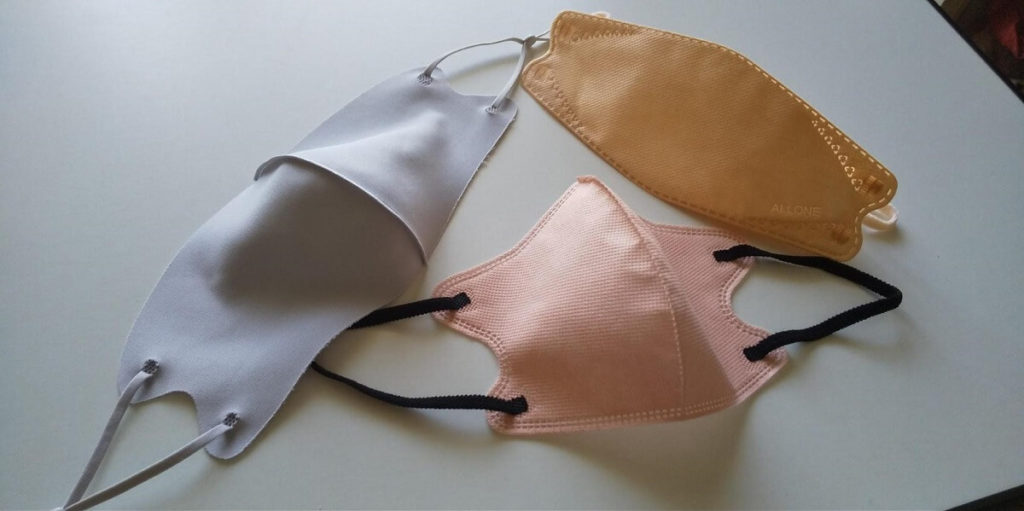
After March 13, 2023
On March 13, 2023, the Japanese government withdrew its recommendation regarding the wearing of masks in public. The decision to wear or remove masks was left to the discretion of individuals. It is uncertain how people reacted to this change. Apparently, few people immediately chose to go maskless due to the time of year for hay fever, and also because many people have become accustomed to living with masks over the past 3 years. Additionally, the desire not to be the first to remove their masks may have made them wait and see. However, I believe that the transition to maskless behavior will progress slowly, and people will eventually become comfortable without being required to wear masks.
The government still recommends wearing masks in medical facilities, nursing homes, and on crowded trains and buses, which we should already know. If all individuals have courtesy and consideration towards others, I believe there will be no trouble related to wearing masks, and our lives can go back to normal.
Additional note
Wearing masks has become a familiar part of our lives, and even small children put on their masks by themselves when going out. Despite various restrictions, such as silent lunches and reduced school events, children seem to have enjoyed their time at kindergarten and school.
Starting from April 1, 2023, masks are no longer required at school in principle. It might be hard for small children to make their own decision, and they are easily influenced by their surroundings. Parents and teachers need to watch over them to ensure that they are not bullied based on whether they wear a mask or not. Adults need to pay special attention to children and say to them, “You can take your mask off any time if you are uncomfortable.”
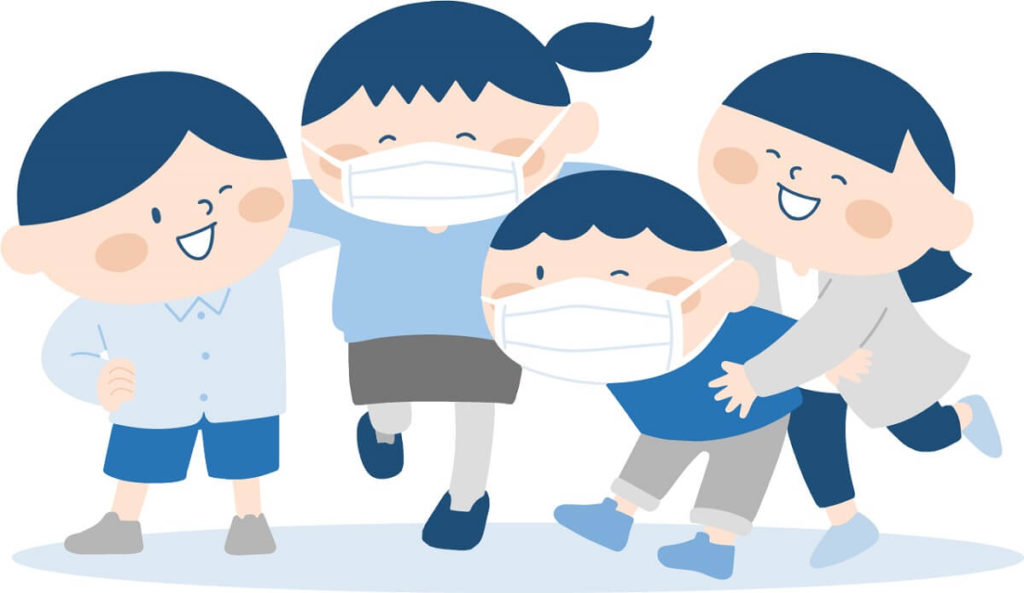
Lives in Takatsuki city, Osaka. Has been engaged in English for work and fun for years.

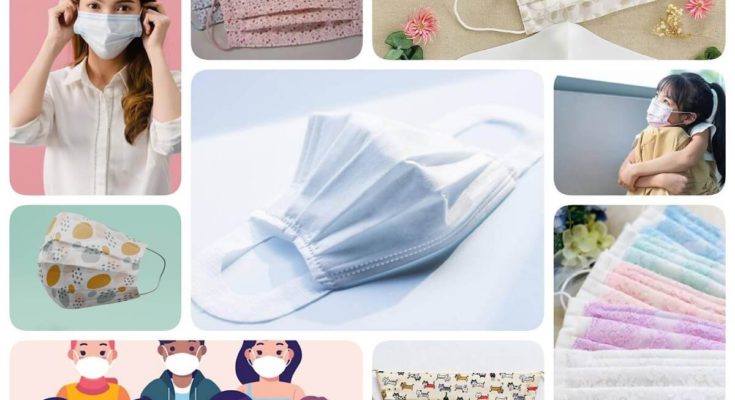
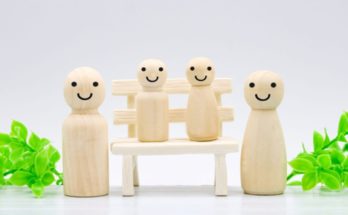


 HTJ has a YouTube page! Check it out
HTJ has a YouTube page! Check it out